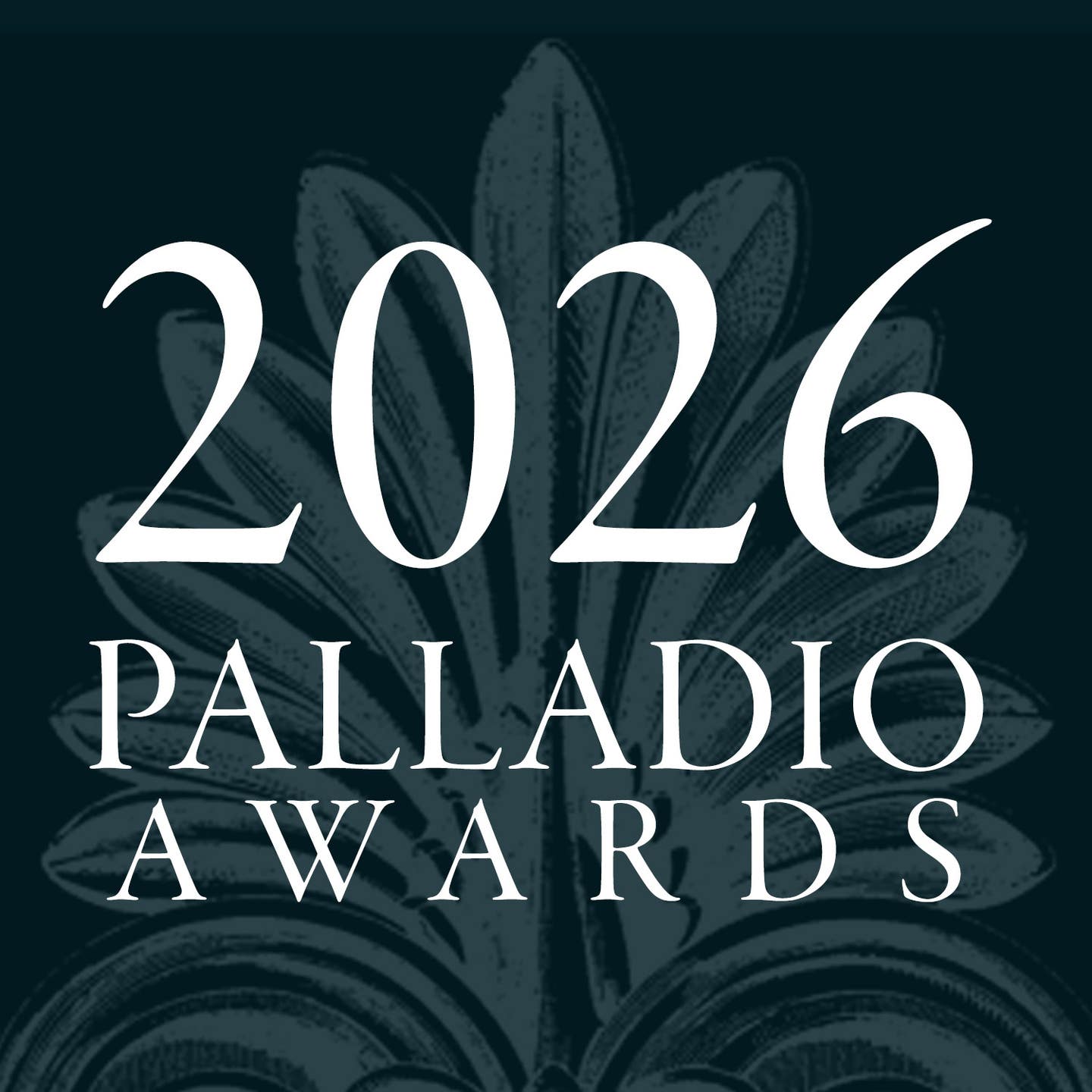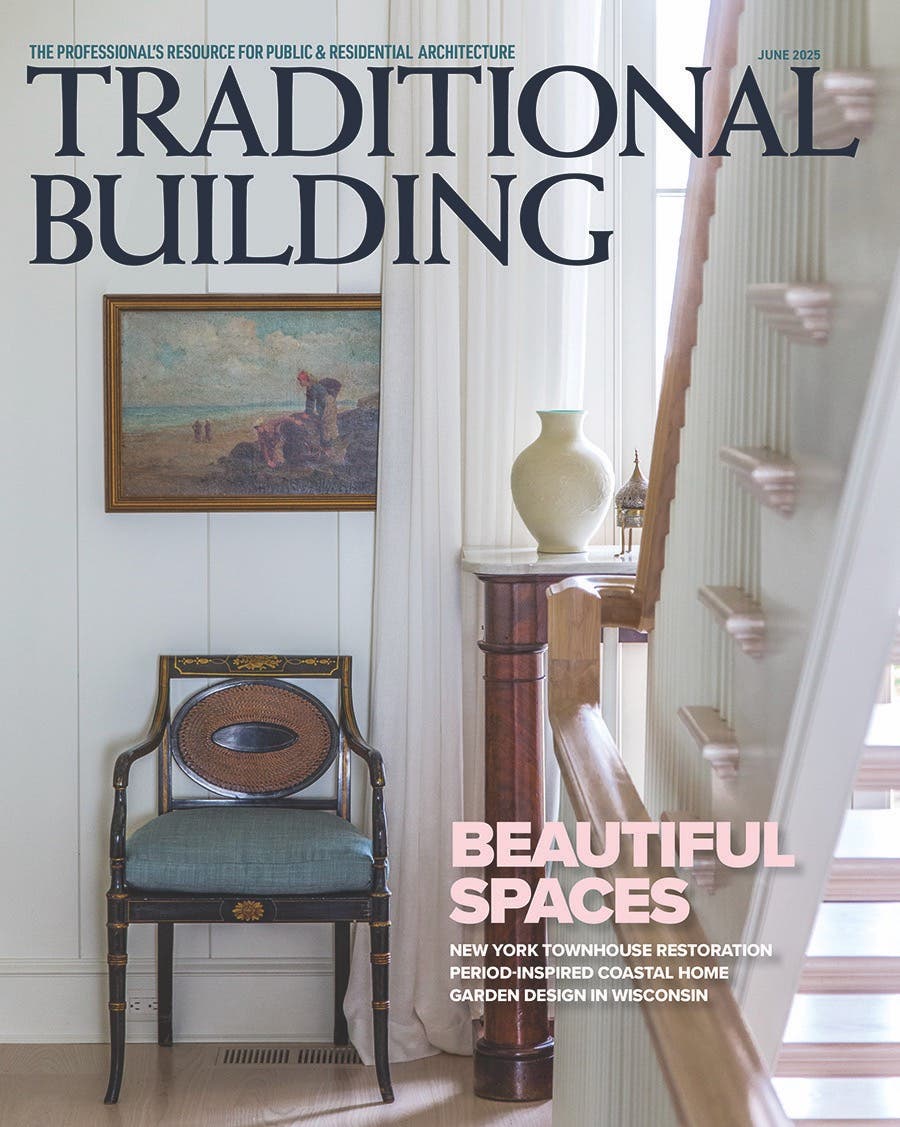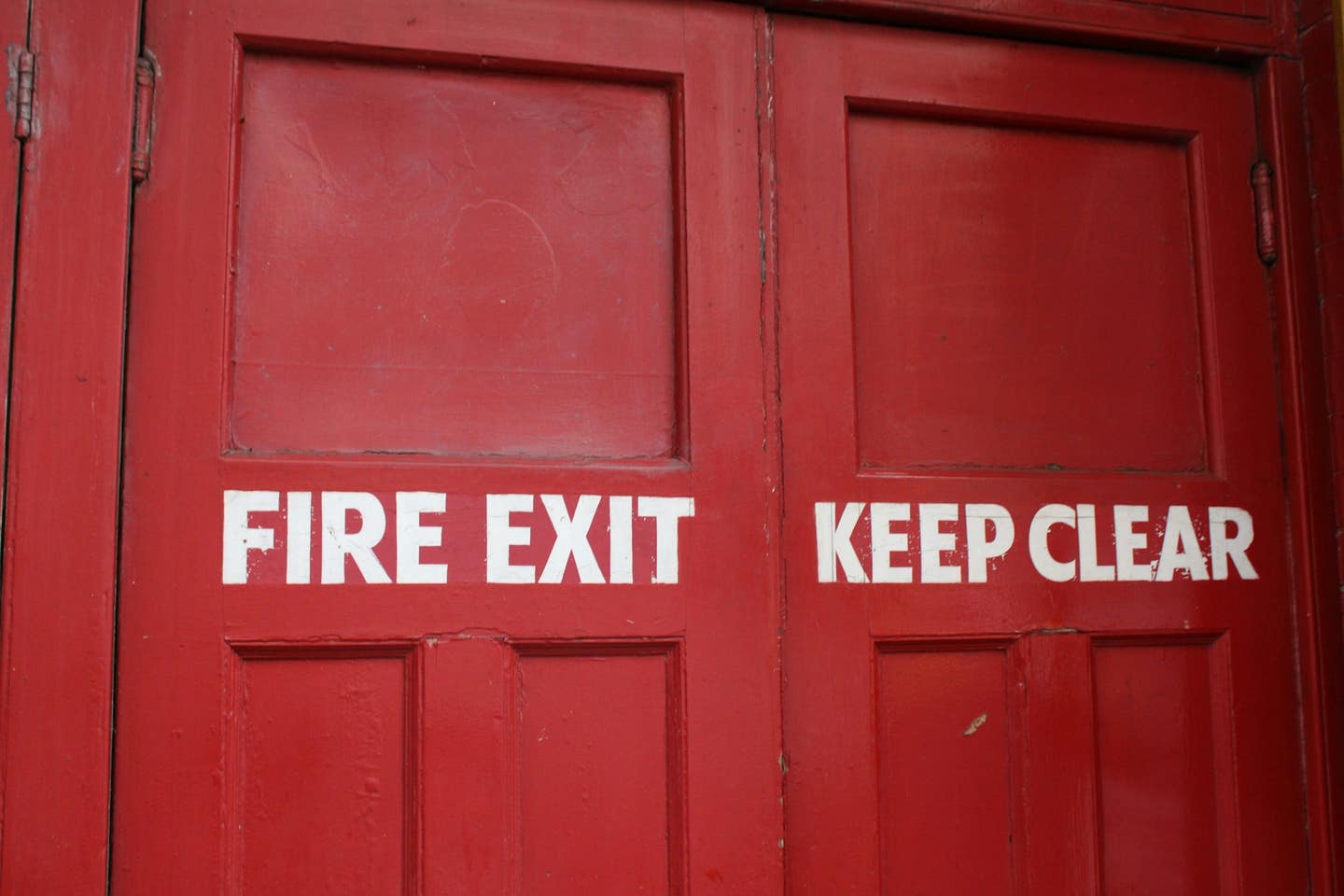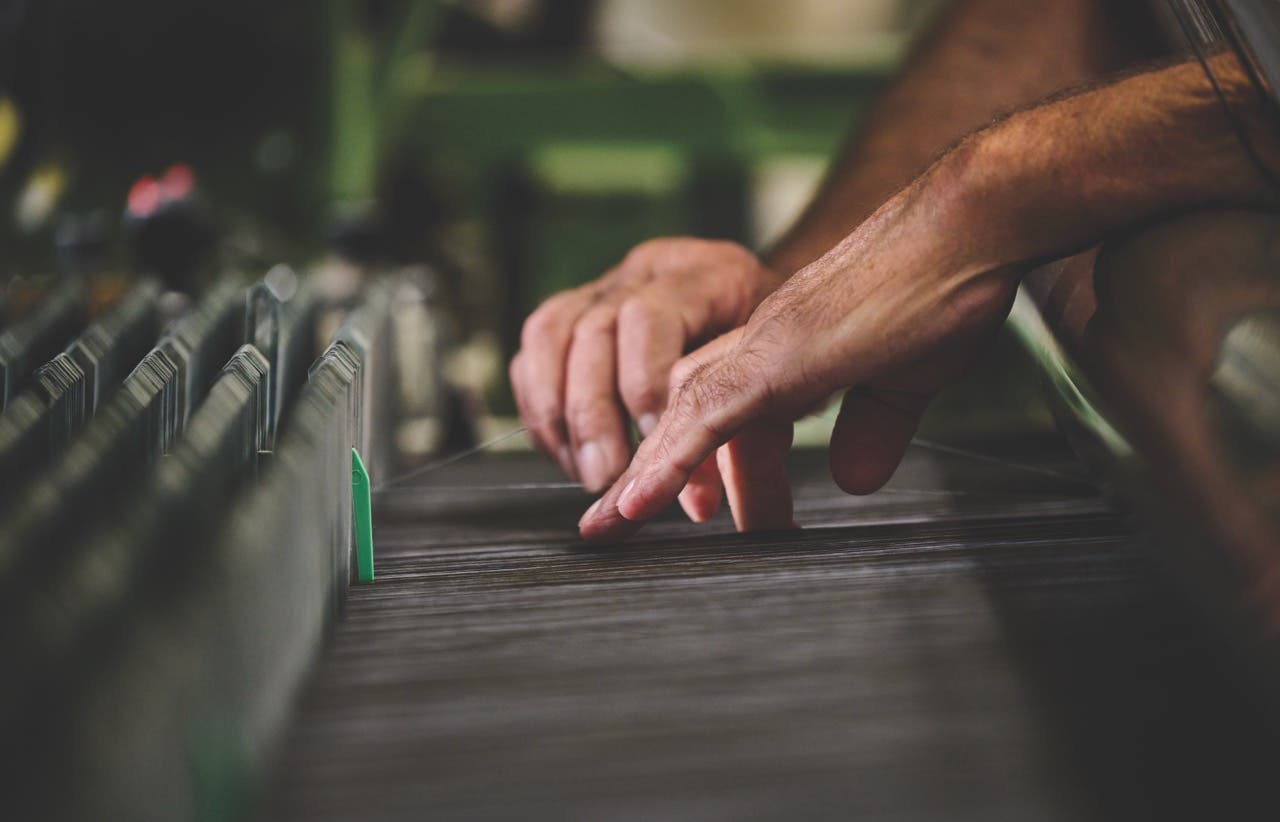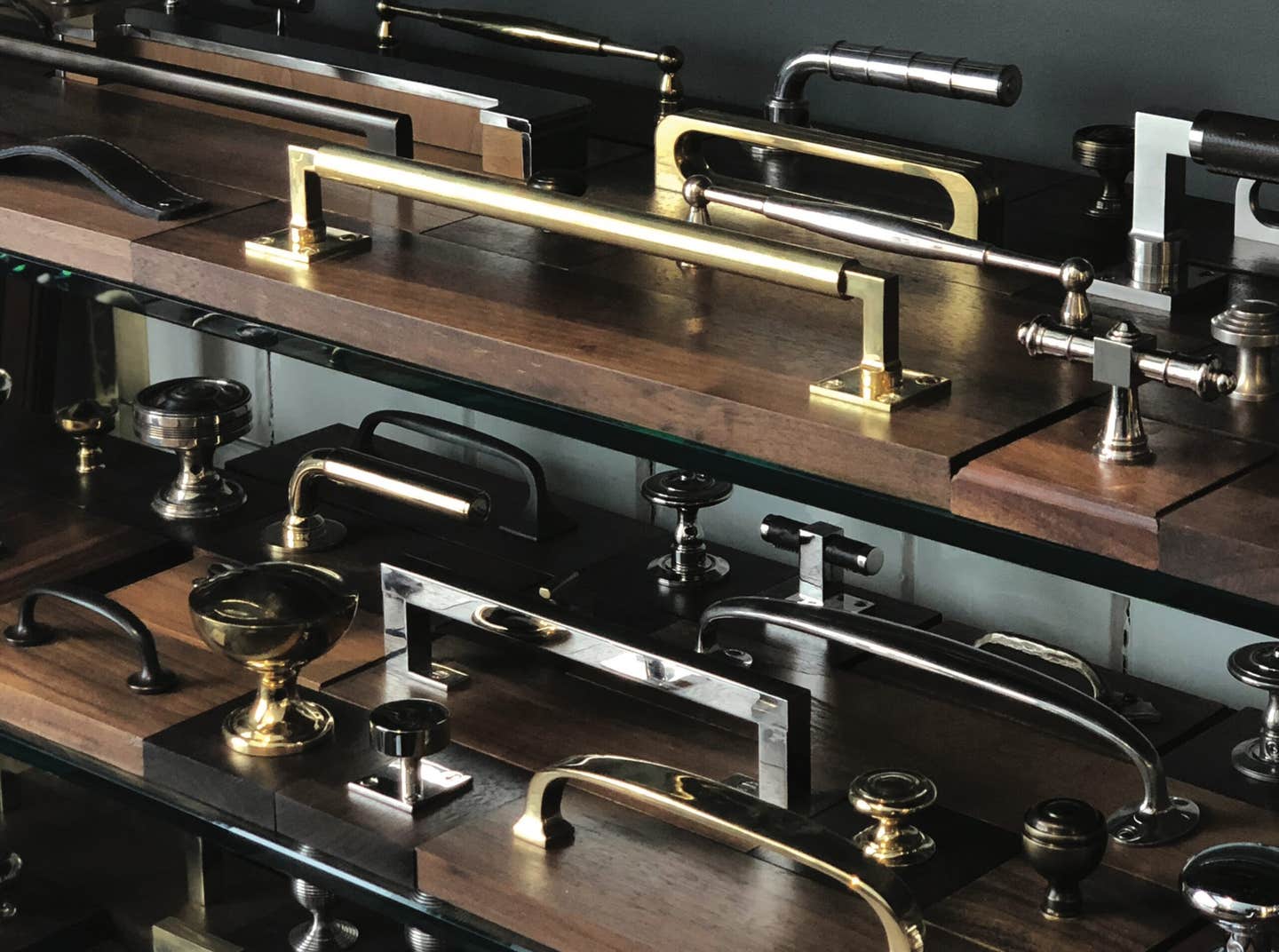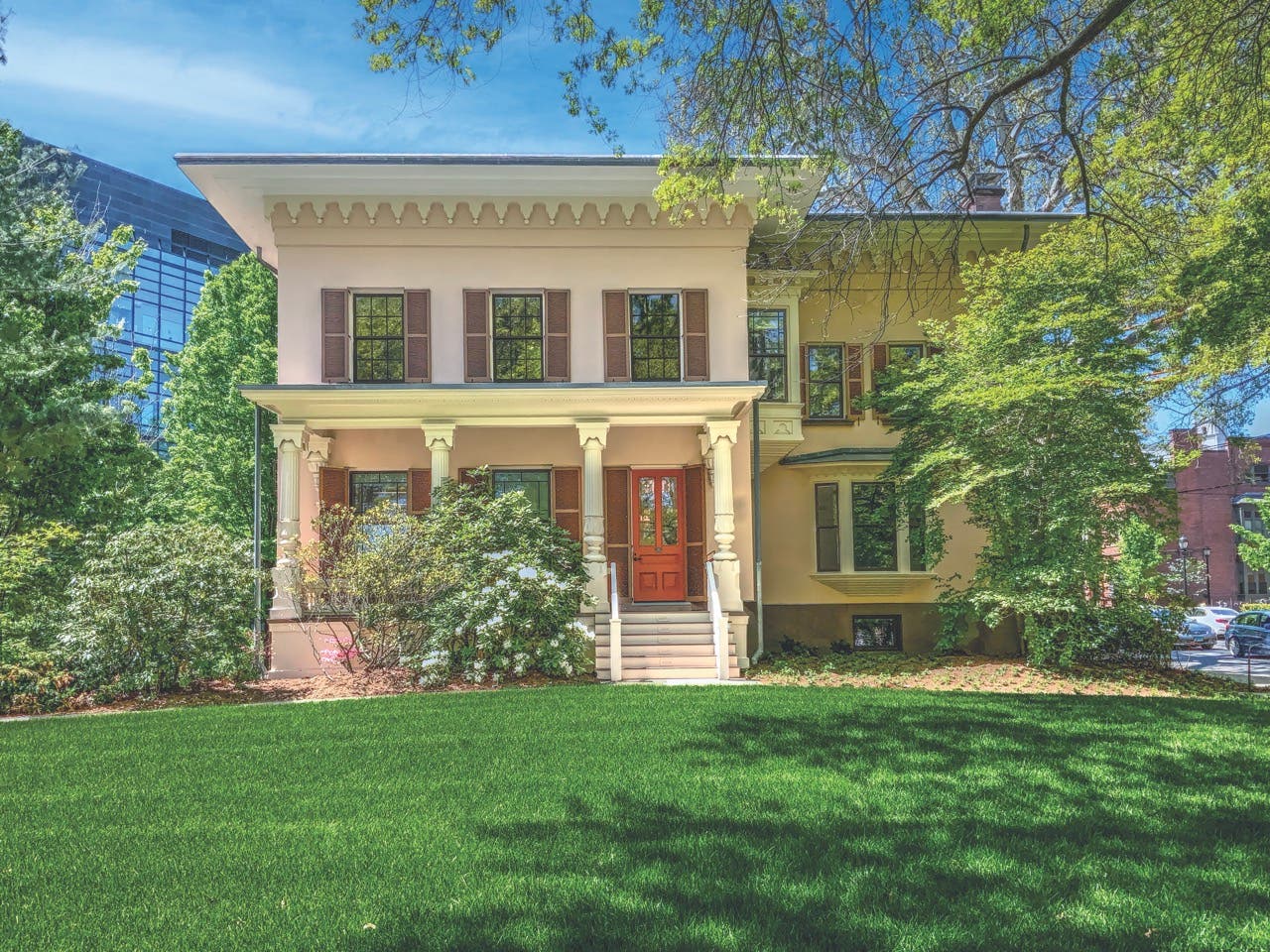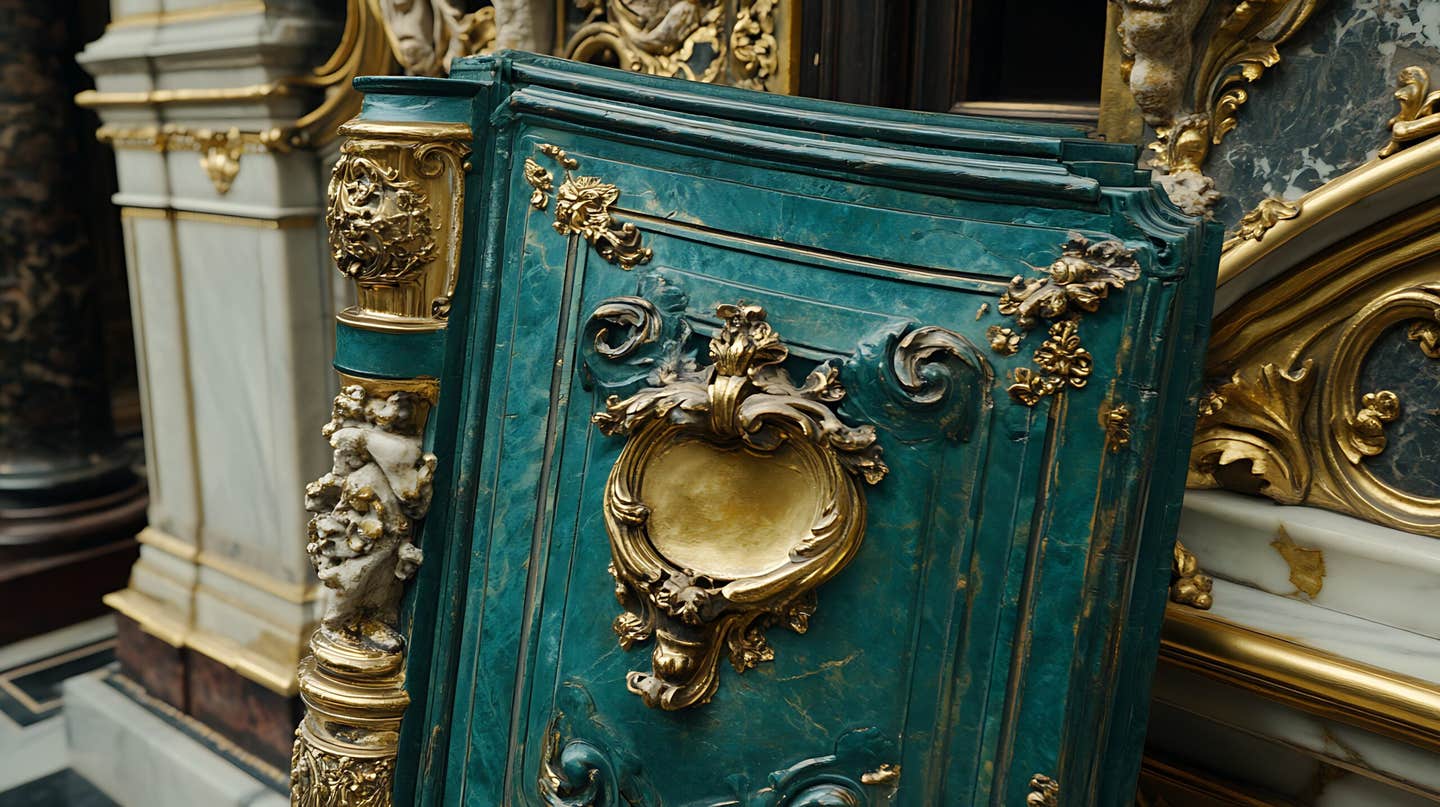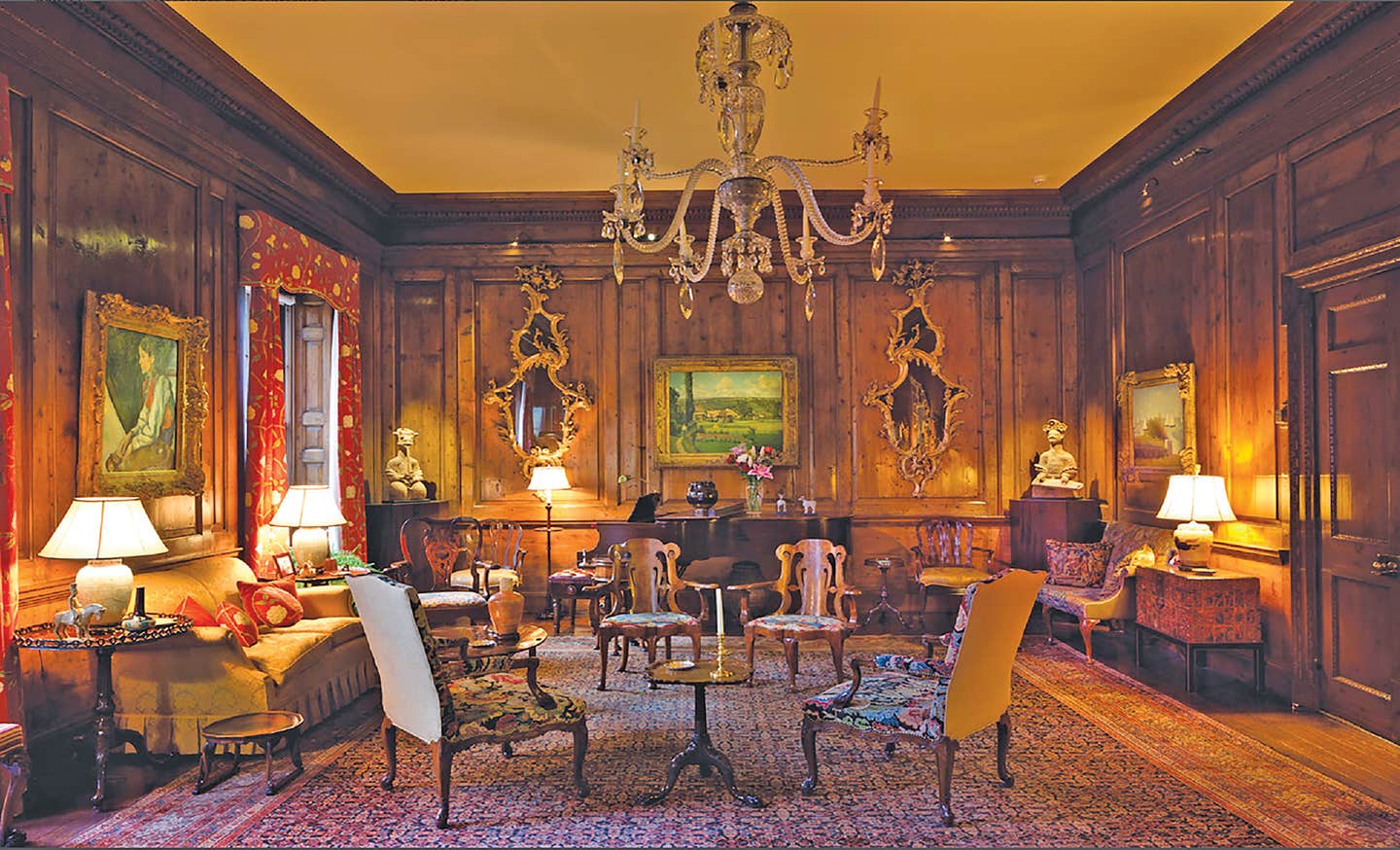
Product Reports
Trick of the Light
For all the attention that’s devoted to a home’s interior, all too often lighting is an afterthought. “So many times it’s done haphazardly or without thinking—whether it’s too close to the walls, or there’s a glare, or it’s in the wrong location,” says Sandra Liotus. “It’s, unfortunately, rare for someone to take an interest and do it right.”
That attention to detail is where Sandra Liotus Lighting Design, LLC shines. For the last 30 years, Liotus and Sir David Crampton-Barden—the designer and engineer behind the consultancy—have crafted and installed bespoke, eco-friendly, long-lasting fiber optic lighting systems for high-end clientele, ranging from some of the top private art collections to centuries-old mansions, public museums to yacht interiors. The systems elevate safety, sustainability, and flexibility, and eliminate ultraviolet, infrared, heat, and the other damaging characteristics of stock lighting. The installations themselves are nearly invisible: instead of clunky fixtures, there is only serene light in a living area or the colors on a canvas glowing within the frame, the result of an essence emanating from some unseen place.
“The goal we try to achieve with every project, really, is to make the lighting feel like a natural element and not something that feels cumbersome,” Liotus adds.
Liotus and Crampton-Barden first met on a project in early-1990s New York City: Liotus was working for a lighting design firm specializing in high-end clientele, Crampton-Barden was engineering fiber optic lighting systems. They clicked and they soon launched Sandra Liotus Lighting Design, LLC. They’ve since established headquarters and workshops in Newport, Rhode Island, collaborating with art collectors, architects, and interior designers and traveling from California to Florida to the United Kingdom to supervise the installation. Highlights of their portfolio range from the Houghton Library at Harvard University to the collections of the late David Rockefeller,
Thoughtful lighting is about more than safely and discreetly establishing a site-specific ambience. Crampton-Barden says insurance companies have frequently approached them to talk with clients they cover about avoiding fading, discoloration, peeling, and other deleterious effects of poor-quality lighting on their prized collections. “Art, furniture, and interiors are not only things of beauty for which we’re the custodians; they’re also very good investments, which should increase in value over time if they’re properly looked after,” says Crampton-Barden. He recalls one client with 100 different pieces in a stairwell and hallway, each individually lit by custom fittings that eliminate light spilling onto the walls—no glare, no reflection.
Each piece is custom-designed and -built for the project, Crampton-Barden adds. Light is projected from a central source—calibrated to the spectrum the human eye can see, with no ultraviolet or infrared—through fine strands of flexible glass fibers. The light then transmits through non-ferrous metal fittings that are less than two inches in diameter and individually tailored to the particulars of a given environment, whether bronze, nickel, or painted. (Unlike LED fittings, each piece can be replaced or repaired.) The systems are designed for low maintenance and maximum flexibility and control. “Instead of having one beam angle—60 degrees, or 90 degrees, or 25 degrees—we have a full range of beam spreads so it’s not just one direction,” Liotus says. “We can really use light almost as a painting on a canvas.”
As clients’ collections grow and change, the lighting can be adjusted down to the last detail. “It’s not a relationship where we say you’ve got a two-year warranty, after that it’s your problem,” Crampton-Barden says. “We work with our clients, basically, forever.”

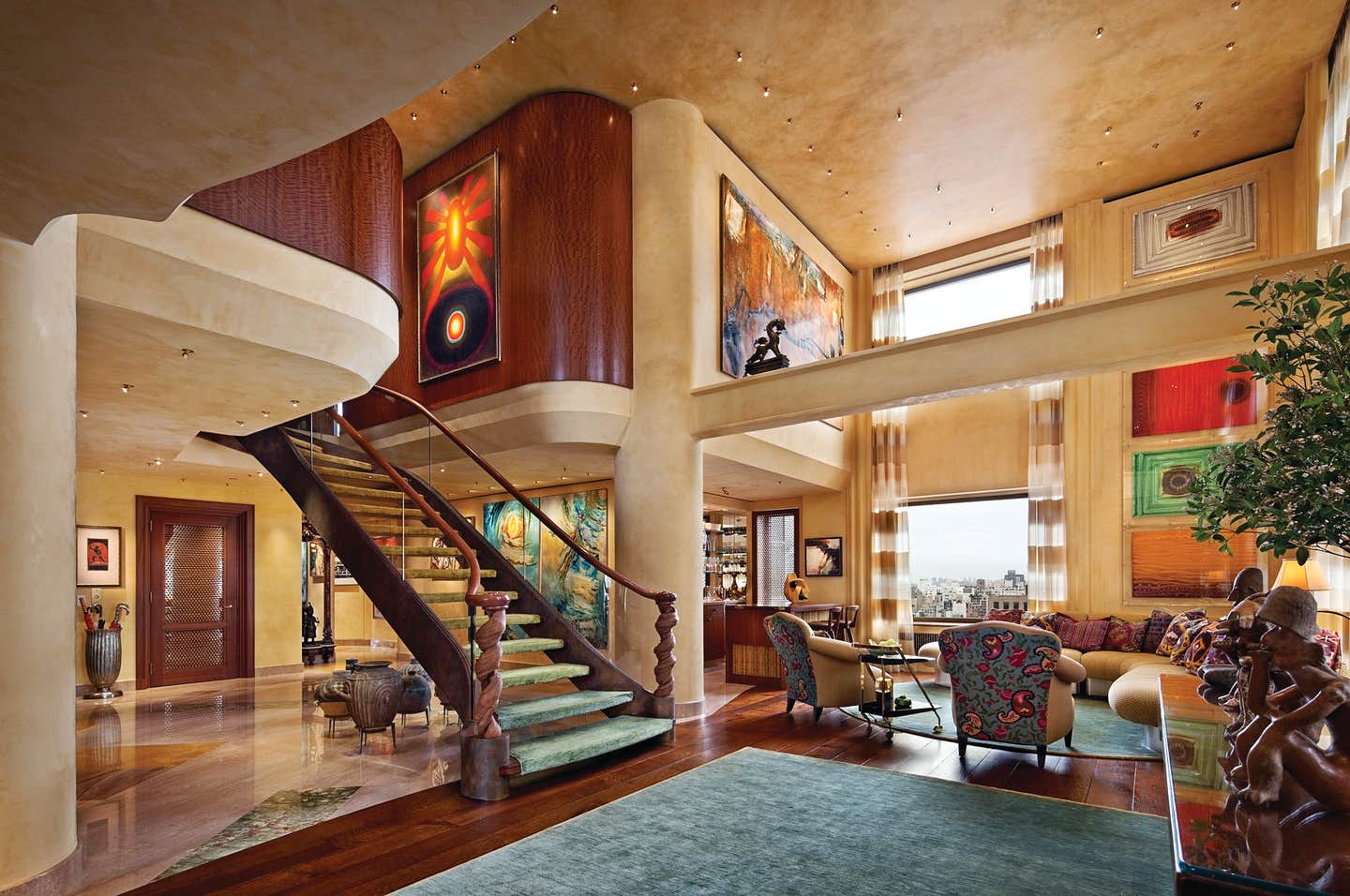
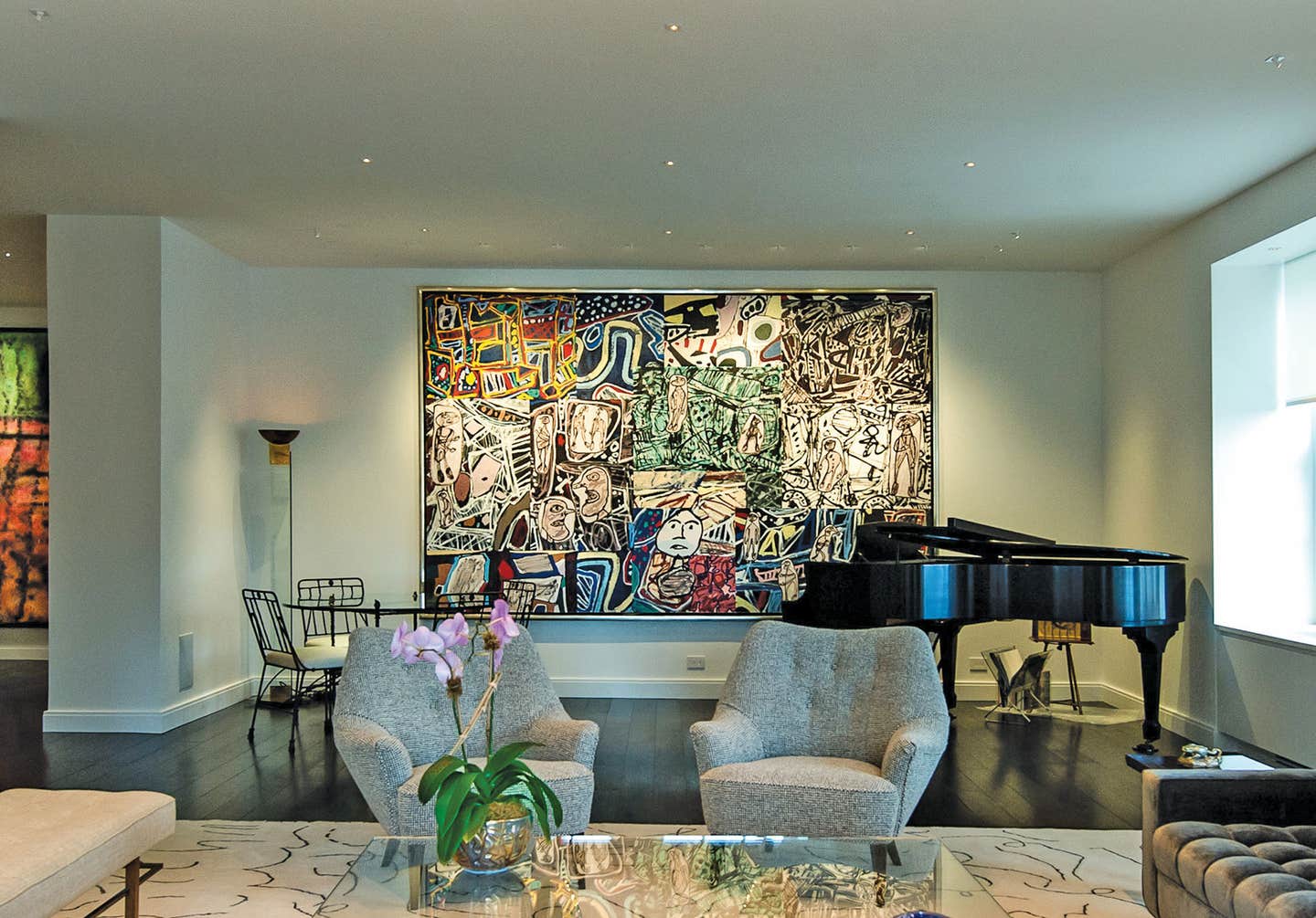
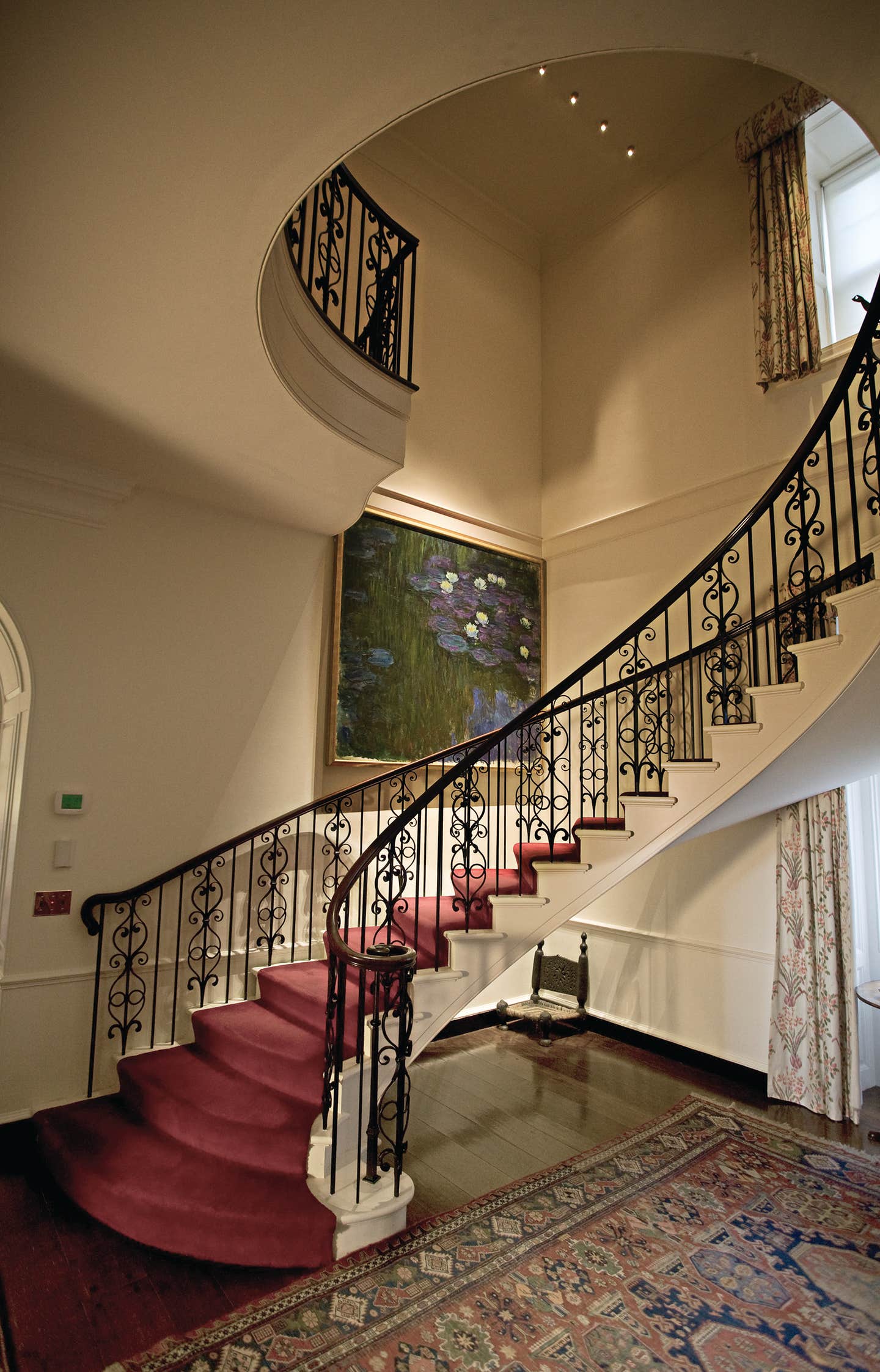
SLLD was recently involved in the renovation of a mansion near Mount Kisco, New York, a private residence originally built by the Straus family (of Macy’s department store fame). Its longtime owner reached out to SLLD to work with Philadelphia-based architect Mark Thompson during a renovation of one wing of the mansion, which involved lighting a dome ceiling, plotting ambient lighting, and shining an appropriate light on the owner’s remarkable art collection.
A stone’s throw from their Newport workshop, SLLD is involved in ongoing work at Hunter House. The mid-18th-century Georgian mansion draws untold numbers of visitors for tours, many of whom, it turns out, found it too dark to see the period furniture, intricate woodwork, and other features within. Sandra and David, who had a longstanding relationship with the Preservation Society of Newport County, recommended lighting the house in phases. “That’s often what we recommend. Instead of doing the whole house at once, let’s do one room at a time,” Sandra says, which, in the case of a museum, can inspire enthusiasm (and, perhaps, more donations to finish the larger job).
With ceiling voids measuring less than an inch, it was a “surgical process,” she adds. Working with the society’s craftsman, Dave Oakley, it took roughly a month to disassemble the floors above to access the ceilings, where they installed miniature fittings, painted white to avoid disrupting the historic feel of the room and angled to hit the paintings and furnishings inside. “You really don’t notice the lighting. What you notice is that this place feels like it’s been lit by the sun coming in,” Sandra says. Today, they have either lit or are in the process of lighting four additional spaces, with another in the offing on the second floor of Hunter House.
“You’re always going to find surprises,” Crampton-Barden says. “But in 30 years, we’ve never faced one that we haven’t been able to meet.” TB

